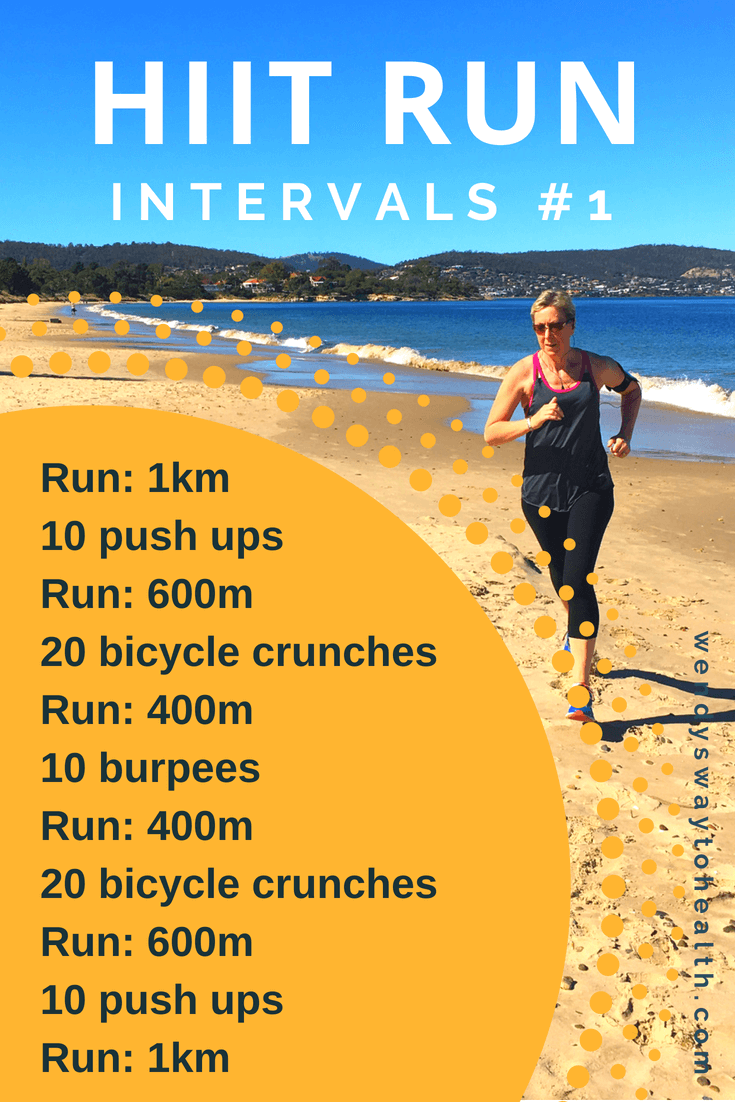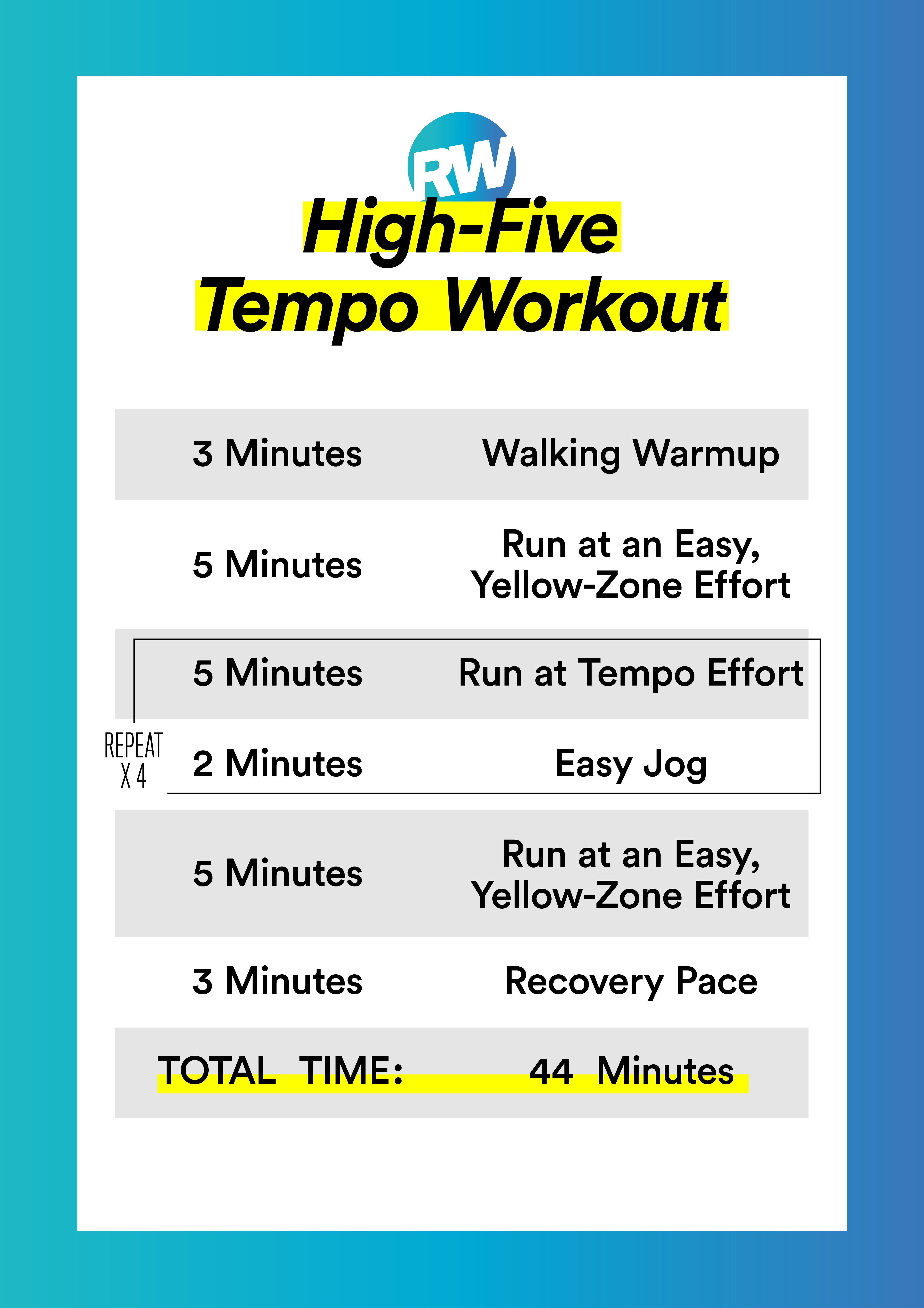Maximize Your Running Workout: Specialist Strategies Introduced
The Ultimate Overview to Managing Discomfort When Running
For runners, experiencing pain during runs is not unusual, and recognizing just how to effectively handle and stop it can make a considerable difference in your total efficiency and enjoyment of the sport. Whether you are an experienced marathoner or simply beginning your running trip, recognizing the various sorts of discomfort that can arise and the techniques to address them is vital. From pre-run workout regimens to correct shoes selection, there are various aspects to consider when it comes to dealing with pain while running. This comprehensive guide will furnish you with the understanding and devices necessary to navigate through the discomfort and empower you to achieve your running goals with better simplicity.

Understanding Different Types of Running Discomfort
When running, it is crucial to compare various types of pain to protect against injuries and make the most of efficiency (Read More). One common kind of discomfort that runners may experience is muscle pain, which commonly emerges from the anxiety placed on muscles during workout. This type of discomfort is typically a normal part of the running procedure and can be handled through correct warm-up, cool-down, and stretching regimens
One more kind of pain to be mindful of is joint pain. Joint pain can show issues such as overuse, inappropriate form, or underlying conditions like joint inflammation. Disregarding joint discomfort can result in a lot more severe injuries, so it is vital to address any type of pain quickly and perhaps seek expert recommendations.
Additionally, sharp or stabbing pains must not be disregarded. These sorts of discomfort can signify acute injuries such as pressures, strains, or stress fractures - running strategy. Remaining to go through these sorts of discomfort can intensify the injury and extend recuperation time

Pre-Run Warm-Up and Extending Regular
To prepare the body for a running session, executing a reliable pre-run warm-up and stretching routine is necessary. A proper workout aids increase blood flow to the muscle mass, enhances adaptability, and reduces the danger of injury throughout the run. Start with vibrant stretches like leg swings, arm circles, and high knees to gradually raise your heart rate and chill out the muscular tissues. Dynamic extending aids mimic the motions you'll be doing while running, preparing your body for the activity ahead. Follow this with static stretches concentrating on major muscle mass teams such as the hamstrings, quadriceps, calf bones, and glutes. Hold each go for about 15-30 seconds without bouncing to promote muscle mass leisure and versatility. Keep in mind to listen to your body and adjust the intensity of your workout based upon your health and fitness degree and any kind of pre-existing problems. By integrating a constant pre-run warm-up and stretching routine right into your running program, you can enhance performance and reduce the risk of discomfort or injury.
Correct Footwear Option and Fit
When selecting operating footwear, it is vital to take into consideration factors such as foot type, running stride, arch assistance, padding, and footwear dimension. Visiting a specialty running store for a gait analysis and expert fitting can assist make sure that you pick the right footwear for your specific demands. Spending in high-quality footwear that is appropriate for your running style and foot anatomy is a positive step in the direction of avoiding pain and injuries during your runs.
Nutrition and Hydration Tips for Discomfort Avoidance

Hydration is similarly essential for joggers to prevent cramps, dehydration, and various other discomforts that can lead to discomfort during running. By prioritizing nourishment and hydration, runners can improve their performance, lessen pain, and appreciate a much more comfortable running experience.
Post-Run Recuperation Techniques to Relieve Discomfort
Carrying out reliable recovery techniques is necessary for alleviating pain and promoting muscle mass recovery after running sessions. Additionally, topping sore locations for 15-20 mins can aid minimize swelling and numb discomfort post-run.
Eating a well balanced snack or meal that consists of healthy protein and carbohydrates within 30 minutes of Find Out More finishing a run can aid fix muscle mass tissue and replenish power stores. By integrating these post-run recuperation methods into your regimen, you can properly handle pain and optimize your running efficiency.
Final Thought
To conclude, attending to different kinds of running discomfort through proper workout, extending, footwear option, nourishment, hydration, and post-run healing techniques is crucial for discomfort avoidance and management. By understanding the root causes of pain and applying these strategies, joggers can lessen discomfort and possible injuries. It is essential to focus on general physical health and health to guarantee an effective and satisfying running experience.